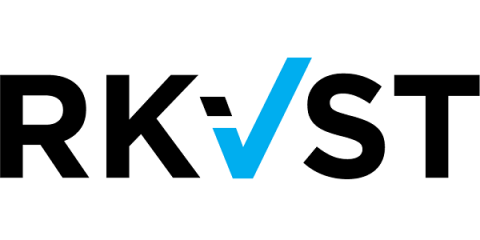5 Biggest Supply Chain Attacks in 2022 (So Far)
Supply chain attacks have been on the rise in the last few years, rapidly becoming one of the most dangerous security threats. This article highlights some of the most noteworthy supply chain incidents observed in 2022.











